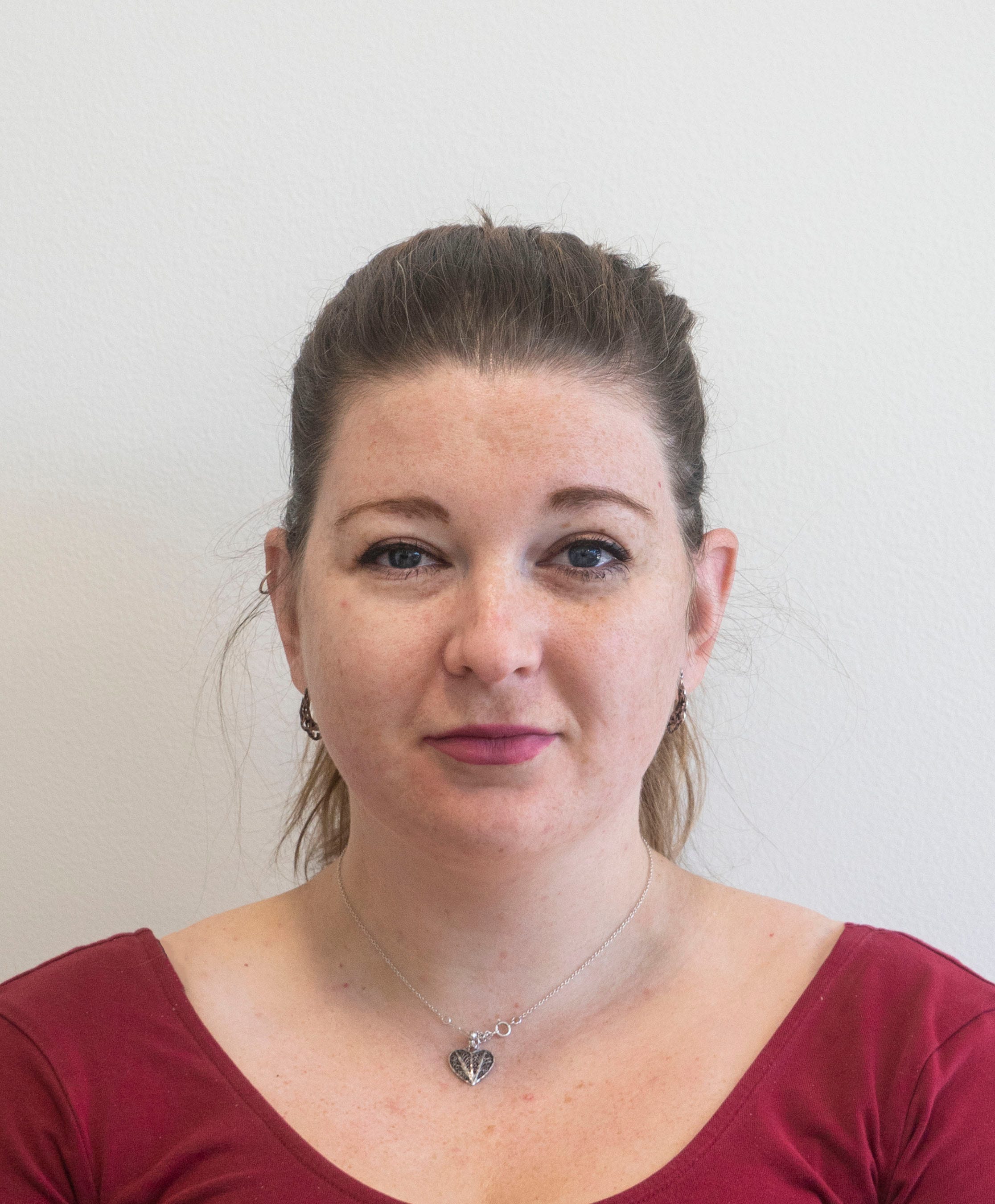York County's poverty rate is 9.2%. Reducing that figure is a challenge.
 Meredith Willse
Meredith WillseYork County's poverty rate currently sits at about 9.2%, according to U.S. Census data.
What does that mean?
“In the last 18 months, [we] have distributed more than $30 million to York County residents and landlords to help them stay housed during COVID,” said Robin Rohrbaugh, president of the Community Progress Council, which supports low-income residents.
Ex-fire chief ordered to pay $16,350 after guilty plea in embezzlement case
York receives more than $1 million for water conservation projects
North York advances plan for Spooky Nook-style athletics complex
Rohrbaugh said roughly 150,000 of 450,000 county residents also live below the self-sufficiency standard, meaning they struggle to make ends meet each month without help. Money, she said, is the typical measure of whether someone lives in poverty. But poverty can also mean a lack of resources.

For instance, if a middle-income person got a flat tire, they likely have a network they could call for help. Rohrbaugh said a low-income person might not have that help. That's where the council, which provides a variety of programs, comes in.
On average, the council helped raise the incomes of the families it helped by over $17,000, Rohrbaugh said. Those families had to go work intensively with the council for 18 months to work toward self-sufficiency through coaches and other factors.
She explained the struggle to become self-sufficient is long. Participants can take two steps forward and three steps back. A health emergency could mean the difference between a comfortable living and unemployment.
“Poverty is one thing,” Rohrbaugh said, adding the council’s mission is to help people become self-sufficient without private or public aid.
She said this isn’t a “one size fits all solution,” but rather many solutions and groups have to come together to solve this problem.

And it's not simply a matter of getting a family above the federal poverty line, which in 2022 was $27,750 for a family of four. During a recent news conference about the issue, Rohrbaugh said she's learned that getting someone $1 over that line doesn't necessarily mean they've lessened their struggles.
“Basically it takes tripling someone’s income to get them to a place of stability,” she said, explaining they will otherwise fall back into poverty.
>Please consider subscribing to support local journalism.
The challenge to society is how to support those transitioning out of poverty, she said, pointing out that one problem is pay increase. That isn’t an incentive because people could lose money from their benefits. Some won’t accept that, which can sustain generational poverty.
To help demonstrate this the council has community leaders set to go through a simulation that will demonstrate the difference in a client's life in poverty in a very quick way.
“It demonstrates the challenges and really why the system is broken,” she said.
The council’s programs help those with low and moderate income to tackle their problems in multiple ways, showing them available child care resources or teaching lessons on how to secure a sustainable wage.
“Low-income people are incredibly intelligent problem solvers,” she said.
15-year-old charged with armed robbery in York City
Man killed in Conewago Township crash Saturday identified
Investors to Think Loud partners: Show us the books
Their daily lives involve solving one crisis after another, she said. The problem is they need more time and space to apply their skills to help build a better future long term.

Beck Moore, chief executive of the Community Action Association of Pennsylvania, said the organizations are also committed to understanding equity. That means reaching individuals where they are, in their community, and making resources more widely available to groups that historically faced discrimination and inequality.
‘We know without equity in the state of Pennsylvania, we cannot create any real change,” he said, explaining it’s another piece of the solution to end poverty.
— Reach Meredith Willse at mwillse@yorkdispatch.com or on Twitter at @MeredithWillse.